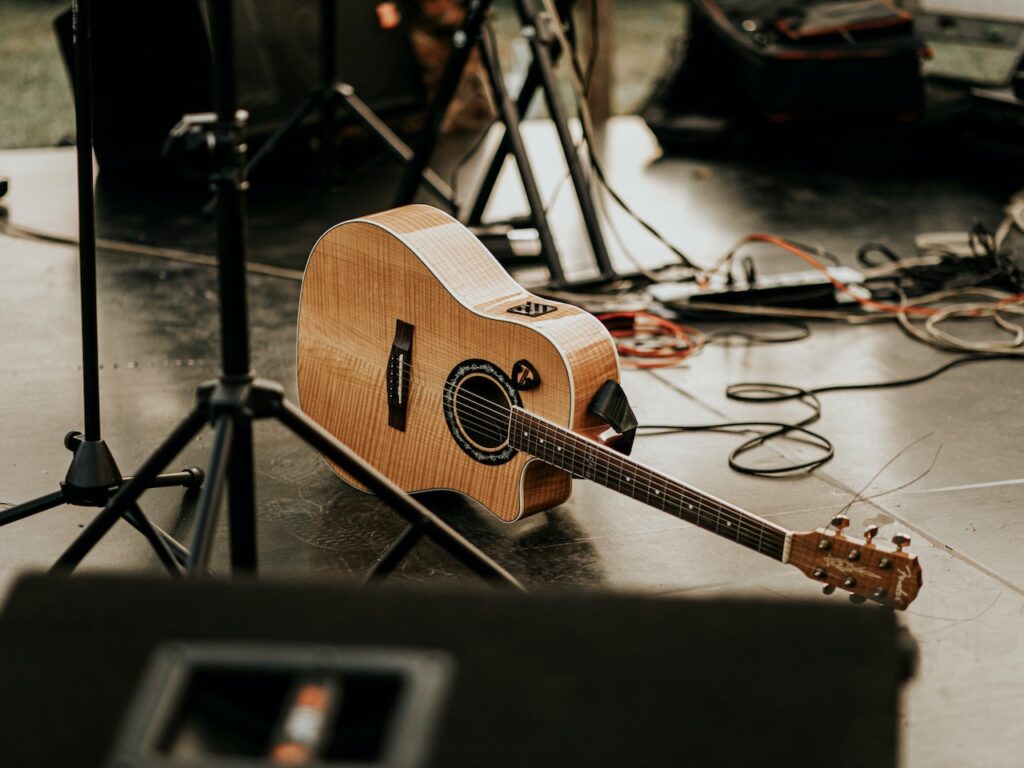Music has been an integral part of advertising for decades, playing a crucial role in capturing attention, evoking emotions, and enhancing brand messages using catchy jingles and iconic soundtracks.

The Medium Changes – “The Jingle Remains The Same”
The early days of advertising relied heavily on jingles, short and memorable tunes that accompanied radio and television commercials. These catchy melodies became synonymous with brands and ingrained themselves in the collective memory of consumers. Jingles were often composed specifically for advertisements, tailored to convey brand messages and create lasting impressions.
As television emerged as a dominant medium in the mid-20th century, the role of music in advertising expanded. Advertisers began incorporating popular songs and soundtracks into commercials, leveraging the emotional connections people had with familiar tunes.
Music became a powerful tool to enhance storytelling, create a mood, and establish a brand’s identity.
With the advent of the internet and digital media, the landscape of music in advertising underwent a significant transformation. The rise of streaming platforms and social media opened up new opportunities for brands to engage with consumers. Advertisers started using curated playlists, personalized recommendations, and user-generated content to connect with their target audience on a deeper level.
Examples
There are some well known jingles from across the decades that are so familiar that most of us don’t see them as brad identity. Here are a few examples:
- The Ovaltinies tune back in the 1950s
- I’d Like to teach the world to sing – New Seekers / Coca Cola
- Like a Rolling Stone – Bob Dylan / Victoria Secret
- Take a walk on the wide side – Lou Reed / Honda
Nostalgia in Modern Ads
Nostalgia has a captivating power to transport us back in time, evoking feelings of warmth, familiarity, and sentimentality. In the world of advertising. This is being used increasingly at the moment.
Brands are increasingly turning to iconic songs from the past to tap into the collective memory of their target audiences and create powerful brand associations.
One reason for the popularity of retro music in advertising is its ability to bridge generational gaps. Whether it’s a catchy tune from the ’60s or an anthemic rock song from the ’80s, these timeless tracks resonate with both older audiences who fondly remember the era and younger audiences who appreciate the nostalgia and cultural significance of the music.
Additionally, retro music in advertising serves as a powerful storytelling tool. The lyrics and melodies of these songs often carry a sense of nostalgia and emotional depth, which can be seamlessly integrated into the narrative of a commercial. By aligning the brand’s message with the emotions evoked by the music, advertisers create a cohesive and impactful storytelling experience.
The Modern Jingle
Of course, a jingle doesn’t have to be sung words or an obvious message.
Think of the recent Dior adverts with Jonny Depp, walking through the desert with a guitar slung across his shoulder. There is then three slowly strummed chords, heavily modulated chords (where the guitar is put through an effects pedal). A very memorable and a simple musical logo that we all recognise.
The Future
The digital age has revolutionized the way we consume and interact with music, and this shift has had a profound impact on the future of music in advertising.
Personalization of data could mean that adverts will be tailored to your musical tastes. User-generated content (UGC) has become a powerful force in advertising.
In the future, we can anticipate more campaigns that involve user-generated music, where consumers contribute their own compositions or remixes to align with brand messages. This becomes increasingly accessible as music tech becomes cheaper.

